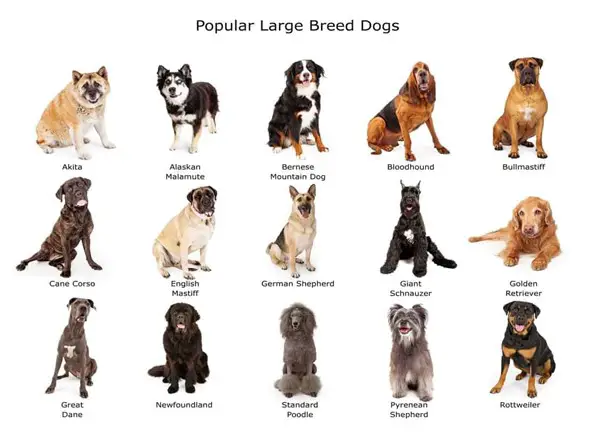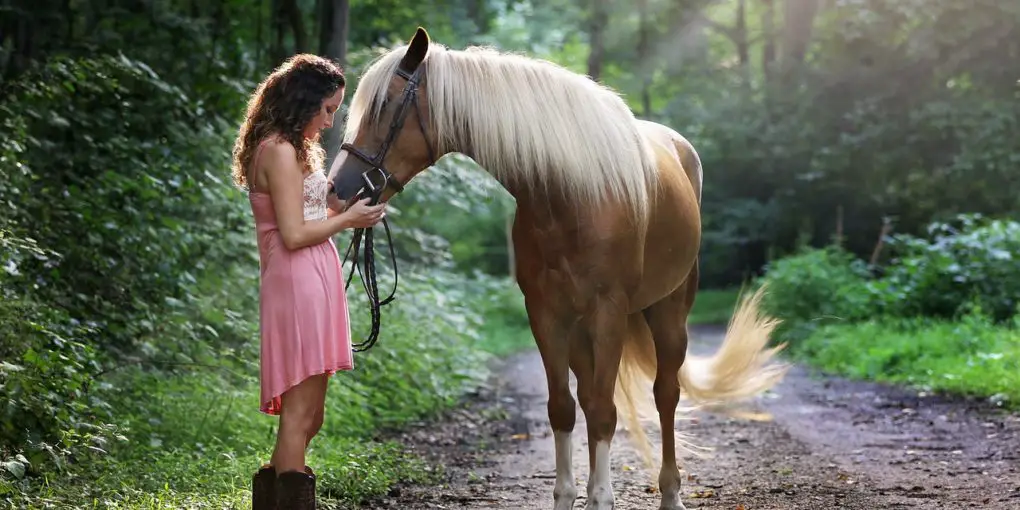Humans share lots of similarities with their canine companions. This is despite the remarkable difference in anatomy and behavior.
The diversity in the human race as well as dog breed is one of the similarities shared by both creatures. Just as humans have diverse races predominantly across various locations in the world, our furry buddies also have various breeds.
In light of this, you are supposed to understand your furry companion(s) in light of his/her breed. This is because the classification along this line will help you understand how your dog behaves, why it appears the way it does and many more important things.
This article will particularly address the subject of nutrition among large and small breed canines. So, you should read on if you are a dog owner and lover committed to understanding your furry buddy and helping him/her fare better.
How Do Large and Small Breed Canines Biologically Respond to Nutrition?
More often than not, large and small breeds respond differently to nutrition. You would be able to tell the difference between them if you are an experienced canine parent that has had both.
For one, the large ones take a while longer to develop their skeletal structure while the reverse is the case for the smaller or toy ones. This is considering how while a small or toy canines skeletal structure is fully formed between 10 – 12 months, the bigger canines take 15 months and above.
Which Meal Is Ideal for Both Small and Large Dogs?
It is strongly recommended that you avoid serving small and large furry buddies the same kind of meal. This is because they respond differently to nutrients taken into their body system as can be observed in the answer above.
For this reason, you should do as much as possible to stay away from all-breed size meals sold by various brands. This should only be an option when you have no other reasonable choice.
On that note, you should serve your big or large furry companion(s) with meals formulated for large breeds; while you give your toy or small canines meals that are formulated for them.
This is the best way to ensure that they are exposed to all the nutrients that they need to stay healthy, happy, and active.
How Much Food Should You Give Your Dog?
The amount of food you should give your canine should be determined by the following factors: body size, activity level, amount of calories the food contains, and physical and mental health conditions.
By and large, the big ones are supposed to get more food than the smaller ones. This is because they have a bigger body mass and most of them have a high level of activity.
The German Shepard is a perfect example of a canine that falls into this category. This is unlike what is obtainable with inactive small furry companions such as the chowchow. For more information on how much you should feed your dog, you can visit: https://pets.webmd.com/dogs/feeding-time#1
Why Do High-Energy and Highly Active Dogs Need More Food?

Canines that are very active need more food because of how their regular activities help them burn fat and loose energy at an increased rate. It is important to feed them appropriately to help make up for the loss of fat and energy.
Parents or owners that refuse to feed such furry companions properly will likely have a skinny canine and ultimately one that stays away from fun activities.
Why Do Less Active Dogs Need Less Food?
By feeding your less active canines with less food than the highly active ones, you protect your inactive companion from accumulating fats that cannot be easily burned off. This is important in protecting your furry buddy from health complications such as obesity and diabetes at the extreme.
In light of this, owners should be particular about feeding their canines with regards to their activity level.
Dry or Wet Food: Which Is Better for Your Canine?
Neither the wet nor dry food should be considered better than the other for your dog. This is because both meals play an essential part in your dog’s nutrition.
However, the edge dry and wet food has over each other is tied to the reason it is used. Wet meals are known to contain more protein than the other option. For this reason, dogs that require more protein and fleshly content should be fed this option.
Dry meals have a greater amount of calories, providing your dog with all the energy required day in day out. So, this is a great option, especially for highly active dogs.
For instance, wet food has an enormous amount of moisture. For this reason, dogs that are fed this option are very likely to remain hydrated for a long time. It is also a great option for dogs that are not good at taking sufficient water.
Dry food on the contrary has less moisture but requires mastication that is good for dental health. This is because the chewing activity required to consume dry food can prevent or drastically reduce the build-up of tartars.
It should be understood that dry food in itself is not what helps dental health this much. Rather, it is the mastication required to consume them. For more on the wet versus dry food comparison, you can read this article.
Conclusion
We have treated some very important questions about the nutrition of your canine buddy in this article. With the knowledge you now have, you should do a better job of feeding your canine appropriately.
